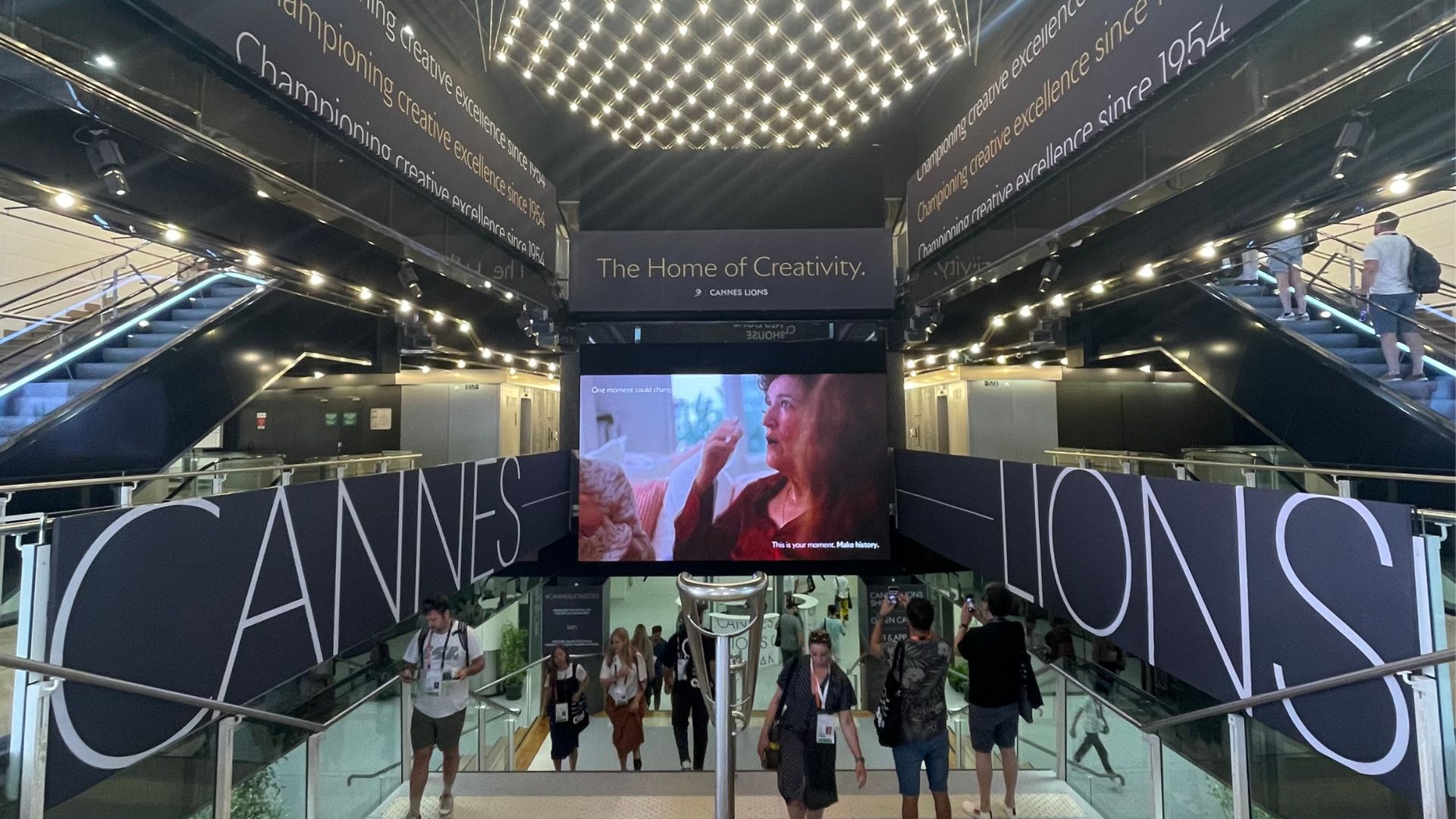 Overheard at the Eurobest Advertising Festival in Lisbon, Portugal, the other week: “The best campaigns are those that literally make you envious – the ones that make you say, ‘I wish my agency had done that.’”
Overheard at the Eurobest Advertising Festival in Lisbon, Portugal, the other week: “The best campaigns are those that literally make you envious – the ones that make you say, ‘I wish my agency had done that.’”
Jealousy is a powerful motivator.
And after sifting through more than 200 campaigns in the festival’s PR and integrated marketing competitions as a jury president, I’m still green with envy over a few of them.
Many were strong, a few were quite memorable, but those that inspired real jealousy among the judges had three things in common:
- They were driven by a “big bang” idea — a single concept that told an immense story in just a few short words and images.
- They used original, owned content to drive earned commentary across online and offline media.
- They recognized that attitudes are changed by behavior — not vice versa — and included ways for their audiences to respond directly and meaningfully.
In the campaign “A New Warrior,” for example, our sister agency DDB Paris helped Greenpeace launch a fundraising effort to pay for a sleek new substitute for its aging, emblematic seaborne flagship, the Rainbow Warrior. Whether you agree with Greenpeace’s platform or not, here was the idea: a website that enables viewers to “purchase” parts of the new craft, for pennies or for much larger sums. The site, masterfully presented with engineering-grade architectural specification drawings, immediately conveyed the history — and the potential future — of the Greenpeace movement and turned an audience into active participants in its creation. According to the results, it also worked: well over a million euros have been raised already, shattering expectations and making the campaign the organization’s most successful ever.
An Israeli campaign by SHALMOR AVNON AMICHAY/Y&R to support an anti-prostitution bill showed that creativity can work in the public affairs arena, too. “Women For Sale” featured a pop-up store at a popular Tel Aviv shopping mall offering, among handbags and accessories, live women “for sale,” with price tags and “product information.” An online “store” complemented the mall shop and served as a platform for a Facebook and Twitter “dislike” petition and to drive awareness and action on the proposed legislation. I don’t believe the bill has been decided, but the effort sparked a national debate and garnered enormous support.
Both campaigns were conducted by ad agencies and, if I may be so bold, could have been helped with a better understanding and use of earned media — the kind of thing we in PR do every day. Both relied on social media (rather effectively) but may have missed opportunities for even wider word-of-mouth discussion with some dedicated PR support. Still, hard to argue with the creative approach and elegant simplicity of both programs.
Of course, not all campaigns hit the mark — even when they center on a big idea, work online and offline, and ask for specific action or behavior. A Spain-U.K. campaign to raise awareness and participation in breast cancer screening, “Coppafeel,” impressed enough judges to get a medal, but for me fell a little short. The idea was to “hijack” breasts with a hand-print sticker that women (or men) could place on the appropriate place on presumably willing females, and a spoof video featuring a televised sex service model answering questions about her breasts. I get it — shock young people with a message about the nondiscriminatory nature of breast cancer. But sex and cancer seem incongruous to me at best, and personally I found the execution a little smuttier than hard-hitting, but then I was probably not in the target audience.
The Russians say love and jealousy are sisters, and both are blind. If that’s the case, I hope we can open our eyes to what is effective in the campaigns we envy and apply it to the work we love!


